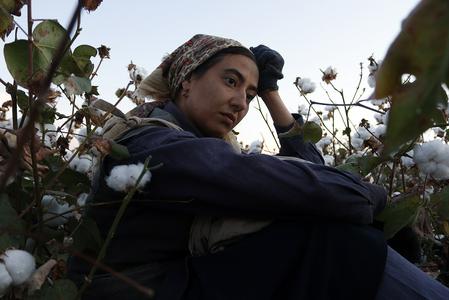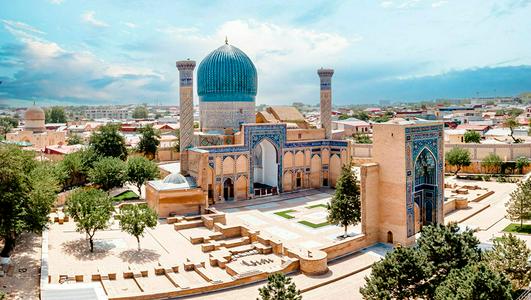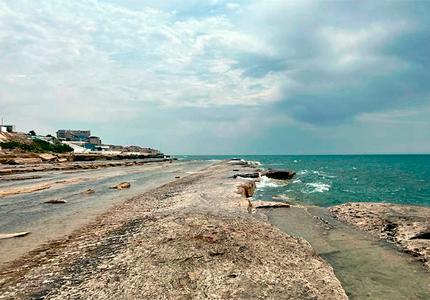The issue of delayed freight trucks on the Russian–Kazakh border will be resolved soon, Russian Deputy Prime Minister Vitaly Savelyev said in an interview with Rossiya-1. According to him, the topic was discussed during Kazakh President Kassym-Jomart Tokayev’s state visit to Russia on November 11–12.
“We discussed many issues related to our border crossings. The Russian–Kazakh border is the longest in the world—7,500 kilometers. It has 52 checkpoints, including 30 for motor vehicles. There were some issues with freight movement connected to customs clearance, but I believe everything will be settled soon,” Savelyev said.
He also spoke about the prospects of the eastern route of the International North–South Transport Corridor (INSTC), which involves Kazakhstan, Turkmenistan, Russia, and Iran. Around 1 million tons of cargo are expected to be transported along this route in 2025. In early November, the first train from Russia arrived at Iran’s dry port of Aprin via the eastern route. The train of 62 forty-foot containers made the journey in 13 days, compared to 33 days previously.
“Logistics are developing, and this is linked to tariff decisions made by the four countries—Turkmenistan, Russia, Kazakhstan, and Iran. That’s very encouraging. This corridor will continue to develop steadily,” the deputy prime minister said.
The situation with long queues of trucks at the Russia–Kazakhstan border has remained difficult since September. Officially, authorities in both countries maintain that there are no problems for heavy vehicles crossing the border. However, Kazakh media report that some trucks remain idle in Kazakhstan, fearing intensified inspections on the Russian side. In early October, Russia’s Federal Customs Service said that “mobile groups” were operating near the border to carry out “spot checks of vehicles.”
In late October, Russian President Vladimir Putin issued a decree allowing the import of goods by road from Kazakhstan and Kyrgyzstan even if they were not properly cleared through customs. The measure was intended to ease the situation at the border, but traffic jams persist.










